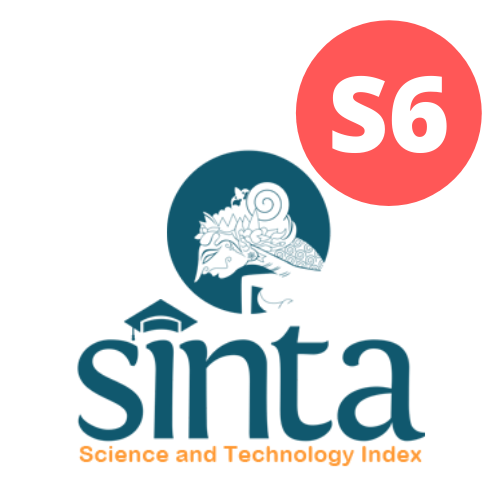RisK Factors Neonatal Jaundice - Literature Review
Abstract
Jaundice adds 9% causes of infant mortality in Indonesia. Jaundice refers to the yellow coloration of the skin and sclera of the newborns that results from the accumulation of bilirubin in the skin and mucous membranes. This is associated with increased circulating bilirubin levels, a condition known as neonatal jaundice. Related risk factors in mothers and infants should be considered because jaundice may lead to complications, named kernicterus. This secondary study used literature review studies with published articles between 2015 and 2020. Search term of this articles used Boolean operator with the keywords "neonate OR newborn" AND "jaundice OR hyperbilirubinemia" AND "risk factors". There were 801 articles of literature from 3 databases, PubMed, Scopus, and Science Direct. The final results obtained 14 articles in accordance with the inclusion and exclusion criteria. The following results were obtained 6 articles said that G6PD deficiency was a risk factor for neonatal jaundice, 3 articles said ABO incompatibility, and also there are several articles said obesity in pregnancy, gestational ages, and breastfeeding were risk factor for neonatal jaundice. Identification of factors affecting the incidence of jaundice can be effective in preventing susceptible predisposing factors in newborns and high-risk mothers.










